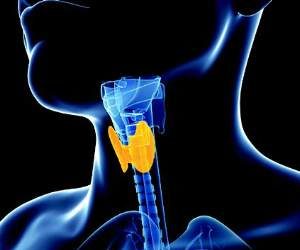AT EULAR 2015
ROME (FRONTLINE MEDICAL NEWS) – Tenosynovitis detected by high-power ultrasound accurately predicted the chance of a disease flare in patients with rheumatoid arthritis who were in clinical remission.
Those who had tenosynotivis as detected by power Doppler ultrasound were almost 5 times more likely to have a flare requiring an acceleration of treatment within 6 months, Dr. Emanuela Bellis reported at the annual meeting of the European League Against Rheumatism.
The association of flare with synovitis is well known, but this is the first description of an association between flare and tenosynovitis, said Dr. Bellis of the Hospital Mauriziano, Turin, Italy.
The findings suggest that high-definition ultrasound should become a routine part of managing these patients, she noted in a press statement.
“We have shown that an ultrasound diagnosis of tenosynovitis provides additional valuable information to the established use of ultrasound-diagnosed subclinical synovitis; it should therefore be routinely included in the management of rheumatoid arthritis patients in clinical remission.”
She reported results of the STARTER study, a multicenter cohort study managed by the Italian Society for Rheumatology. It comprised 427 patients with rheumatoid arthritis who were in clinical remission. All underwent a clinical exam and several imaging studies, including gray scale and power Doppler ultrasound at the wrists, metacarpophalangeal, proximal interphalangeal joints, and extensor/flexor tendon sheets.
The investigators then calculated ultrasound positivity with the likelihood of a flare bo 6 months. They looked at flare as defined by three different measures: an increase in the Disease Activity Score 28 (DAS28); a change in treatment, and an increase of more than 4 points in the flare questionnaire.
Most of the cohort (314) was female; the mean age was about 57 years, and median disease duration, 7 years. They had been in remission a median of about 12 months. Most (67%) were positive for rheumatoid factor. The mean DAS28 was 2.2. Most were taking a disease-modifying antirheumatic drug (75%); 43% were taking biologics and 44%, glucocorticoids.
The investigators conducted a multivariate analysis that controlled for age, gender, disease duration, remission duration, musculoskeletal comorbidity, rheumatoid factors, anticitrullinated protein antibodies, disease-modifying antirheumatic drugs, glucocorticoids, and nonsteroidal anti-inflammatories.
The presence of ultrasound-diagnosed synovitis alone doubled the risk of a flare as defined by both an increase in the DAS28 and an increased score on the flare questionnaire.
Tenosynovitis was not associated with a significant risk increase in the DAS28. But it was associated with almost a fivefold increase in the chance of treatment acceleration (HR 4.79), and more than a quadrupling in the chance of an increased flare questionnaire score (HR 4.3).
Dr. Bellis had no financial disclosures.
On Twitter @Alz_Gal




